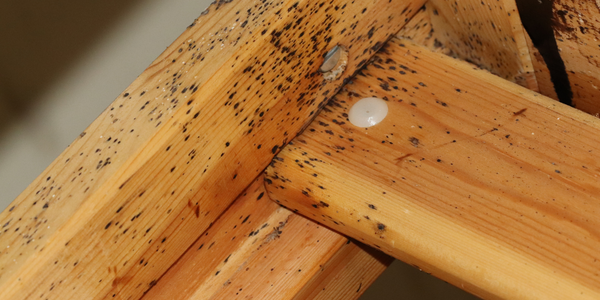
How to Tell If You Have Flying Ants or Termite Swarmers
Spring is here, which means it’s termite season in New York!
Often, homeowners see report flying ants on their property this time of year, when in actuality, they have a much more damaging pest on their property—termite swarmers. Flying ants and termite swarmers are two different species of insects that have similar appearances. They both have six legs, antennae, and wings—but that’s where the similarities end.
If you find either of these pests flying around in your home or yard this spring, it’s important to know whether you have termites or flying ants so you can take the right steps to get rid of them.
Flying ants are usually black or blackish-brown, while termite swarmers are dark brown or black.
Flying ants are usually black or blackish-brown, while termite swarmers are dark brown or black. The color of the wings can be an unreliable indicator of what type of ant you have. The wings of a termite swarmer are longer than those of a flying ant, but this isn’t always true; sometimes they’re the same length!
Ants have a narrow waist, while termites have a wider midsection.
You can tell the difference between ants and termites by looking at their abdomens. Ants have a narrow waist, while termites have a wider midsection. If you see shiny, black insects flying around your home, it’s likely that they are swarmers from an ant colony. On the other hand, if you see brownish-colored bugs with four wings instead of two wings (like most ants), then these are likely to be termite swarmers.
Ants have two wings, while termites have four wings.
Ants have two wings, while termites have four wings. Ants’ wings are shorter than their bodies, while termite wings are longer than their bodies.
Ants fly in groups and are more concentrated around their nests. Termites disperse in a cloud and can be spotted flying up to two miles away from their nests.
Ants fly in groups and are more concentrated around their nests. Termites disperse in a cloud and can be spotted flying up to two miles away from their nests. Ants can be attracted by light, moisture, or food sources such as sugar water or honey.
Termites tend to stay near moisture sources such as water leaks or damp wood because they need moisture to survive. They also feed on wood fibers so if you see them entering your home through cracks in the walls or floors of your house then you might have an infestation problem that needs immediate attention!
Knock Out Termites AND Ants This Spring!
We hope this article has helped you to better identify flying ants and termite swarmers. If you spot either of these pests around your home this spring, give us a call at (800) 244-PEST for an inspection.


